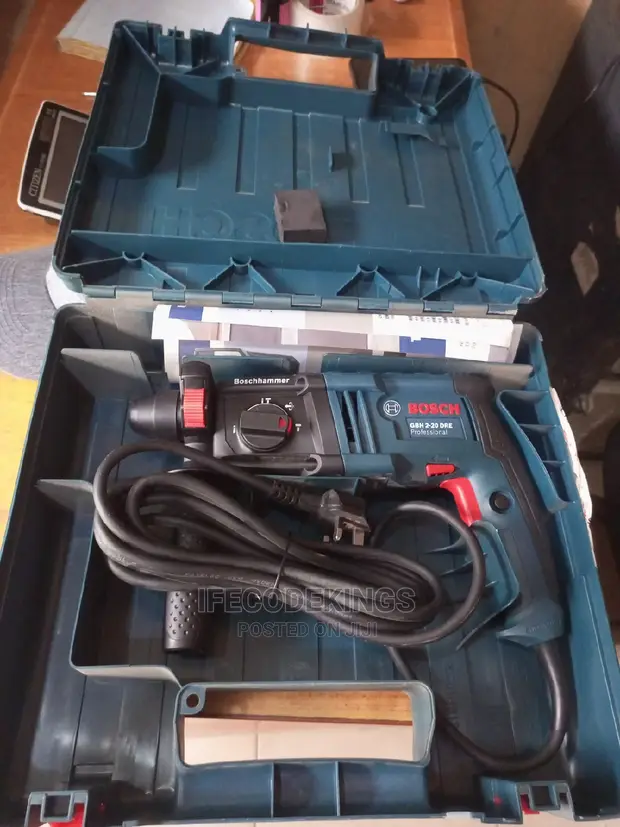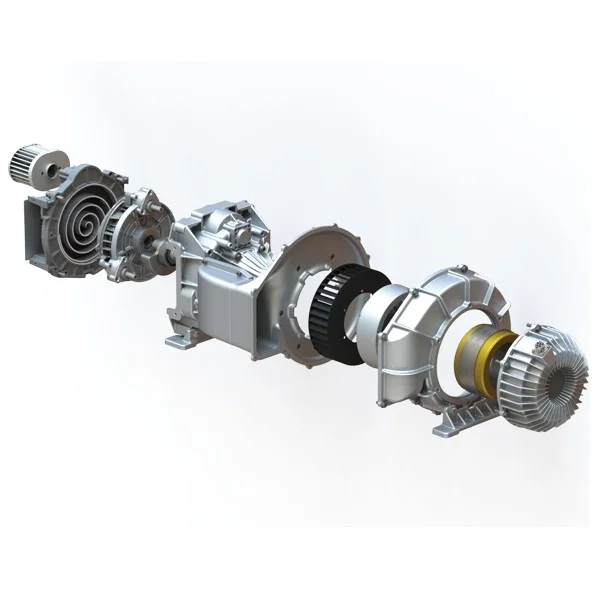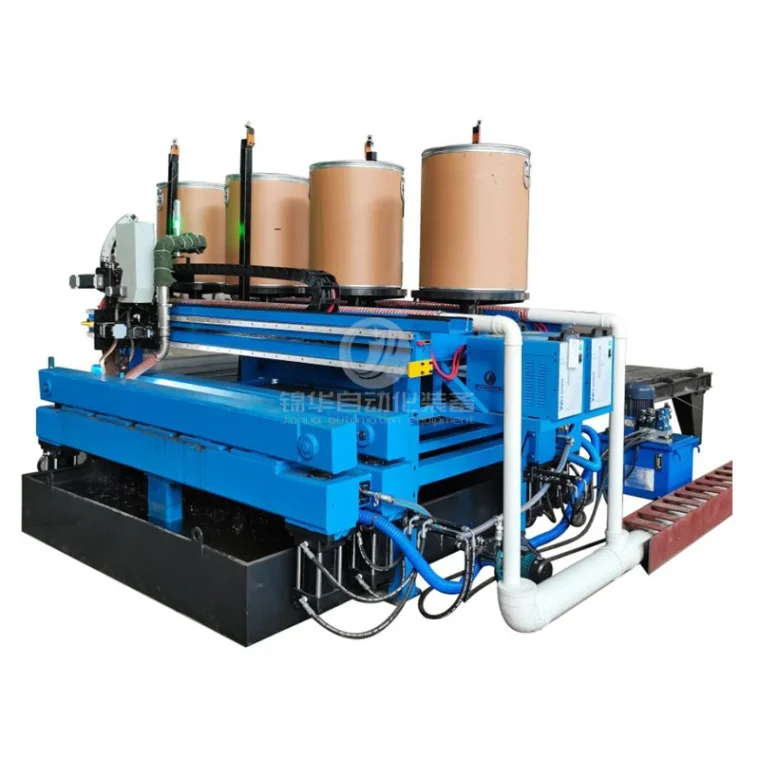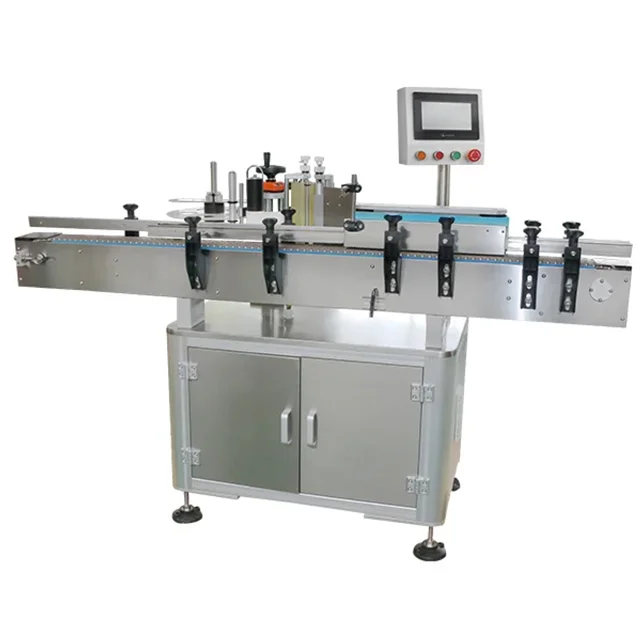Mastering Precision: A Comprehensive Guide on How to Drill with Precision Tools

When it comes to working with precision tools, understanding how to drill effectively is a fundamental skill. Whether you're a seasoned professional or a DIY enthusiast, this comprehensive guide will walk you through the intricacies of drilling, offering insights into techniques, tool selection, and the nuances that contribute to achieving accurate and clean holes.
1. Tool Selection: The Foundation of Success:
The first step in mastering the art of drilling is selecting the right tool for the job. There is a myriad of drill types, each designed for specific applications. From standard corded drills to specialized hammer drills and cordless options, understanding the nature of your project dictates the optimal tool selection.
2. Choosing the Right Drill Bits: The Precision Partners:
Just as important as selecting the right drill is choosing the appropriate drill bits. Different materials demand different types of bits. For wood, opt for brad-point bits; for metal, twist bits or cobalt bits are ideal; and masonry requires carbide-tipped bits. The right combination ensures clean, efficient drilling.
3. Precision in Marking: Setting the Stage:
Before drilling, meticulous marking is crucial. Use a center punch to create an indentation at the precise spot where you want the hole. This serves as a guide for your drill bit and prevents it from slipping or wandering, ensuring accuracy in hole placement.
4. Speed and Control: The Dynamics of Drilling:
Controlling the speed of your drill is paramount. Different materials require different speeds to achieve optimal results. For example, high speeds are suitable for wood, while lower speeds are preferable for metal. Maintaining control over the drill during operation enhances accuracy and reduces the risk of errors.
5. Depth Matters: Navigating the Depths of Drilling:
Understanding and controlling the depth of your drill is crucial for achieving precise results. Most drills are equipped with depth stop settings, allowing you to determine the exact depth of your hole. Adjusting this setting ensures consistency across multiple holes and prevents drilling too deep or too shallow.
6. Lubrication and Cooling: Enhancing Drill Longevity:
Prolonging the life of your drill and ensuring clean cuts involves proper lubrication and cooling. For metal drilling, using cutting oil or a lubricant specific to the material reduces friction and heat, preventing premature wear on your drill bit and enhancing overall efficiency.
7. Safety Measures: Guarding Against Hazards:
Prioritizing safety during the drilling process is non-negotiable. Wear appropriate personal protective equipment (PPE), including safety glasses to shield your eyes from debris. Secure your workpiece to prevent it from moving unexpectedly, reducing the risk of accidents.
8. Post-Drilling Care: The Final Touch:
Once the drilling is complete, take care of your tools for prolonged functionality. Clean your drill bits, remove any debris from the chuck, and store your tools in a dry, cool place. Regular maintenance ensures your precision tools remain in top-notch condition.
Conclusion:
In conclusion, mastering the art of drilling goes beyond the basic understanding of tools and techniques. It involves a holistic approach, encompassing tool selection, precision marking, speed control, and post-drilling care. By following these comprehensive guidelines, you can elevate your drilling skills, achieving accuracy and efficiency in every project. Your precision tools become not just instruments, but extensions of your craftsmanship, yielding exceptional results in your hands.


